
Designing for Health Sciences Education: Supporting Student Well-Being and DEI
This is the sixth and final article in the Designing for Health Sciences Education series.
Today, support for student and faculty health and well-being and concerted efforts to improve inclusion are major goals of most institutions. In the health sciences, rapid evolution and integration of fields, increased understanding of the pressures that students and faculty face, and ensuring diversity, equity and inclusion have led to calls for transforming health sciences education altogether.
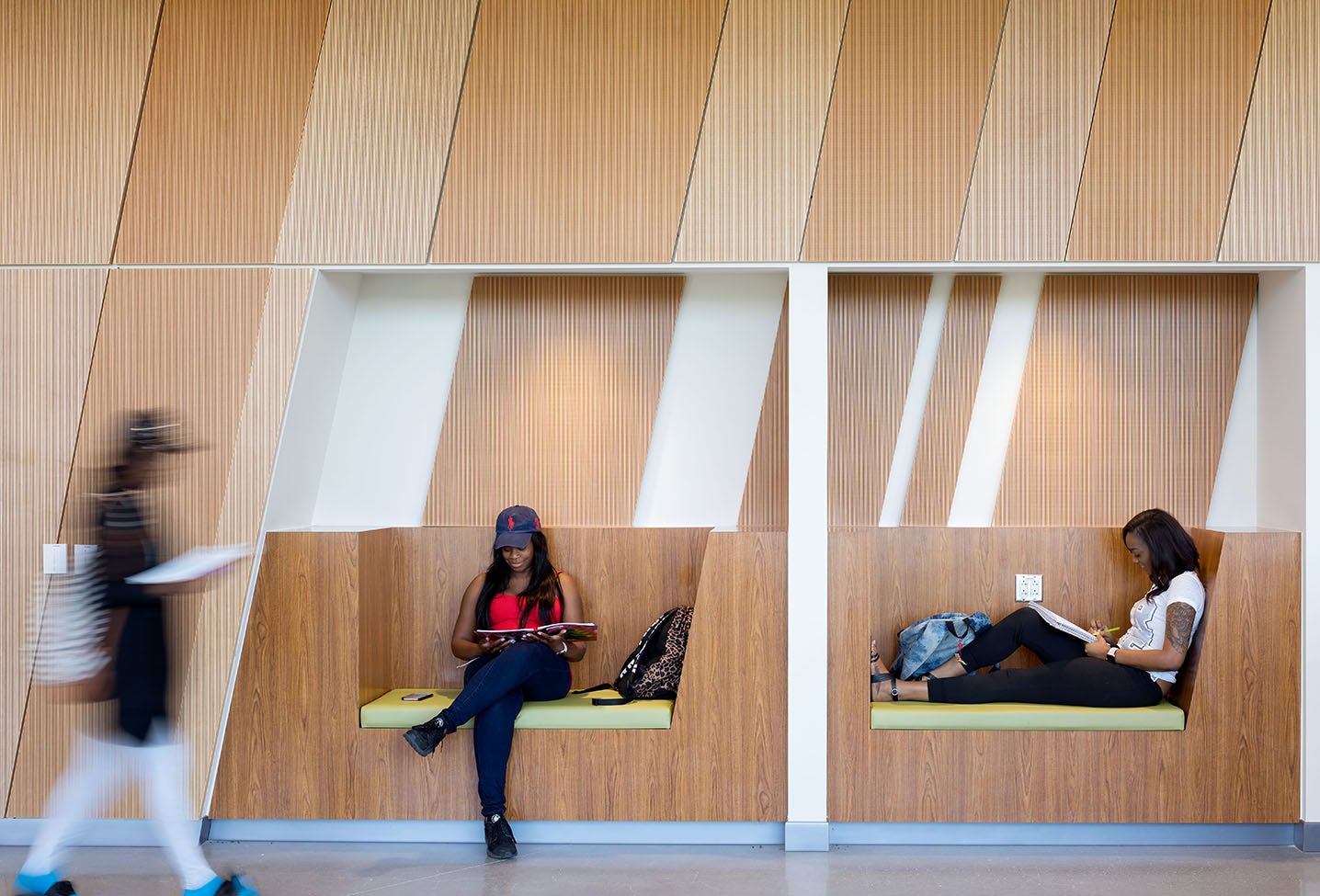
Elevating Awareness of Well-Being and DEI
While Understanding Today’s Challenges and Pivoting to the Future of Healthcare provides a more thorough analysis of transformation in both the healthcare industry and health sciences education, there are several significant reasons for increased emphasis on well-being and DEI, including:
- Earlier Exposure to Clinical Situations: Students are venturing into different clinical venues earlier in their education. They need to discuss their diverse and unique experiences with each other and with faculty mentors, advisors, and coaches in a safe, inclusive space and have opportunities to relax and care for their own physical, mental and emotional well-being.
- Increased Prevalence of Depression Impacting Both Students and Patients: According to recent research, over one-quarter of medical students today must battle depression in addition to the simple stresses of their educations. This psychological toll carries over to residents and fellows as well. In the AMA Journal of Ethics, Baker and Sen state, “…the literature has consistently shown a correlation between the degree of burnout, distress and fatigue and the frequency of perceived or self-reported medical errors, suggesting that it might not only be the physicians who pay the price but their patients as well.” 1
- Emphasis Within the Healthcare Industry: A previous “triple aim” for patient care involved: an ideal patient experience at the lowest possible cost while improving the community's health. The newer “quadruple aim” expressed by the American Medical Association adds a fourth component: care team well-being. This promising update recognizes the important premise long recognized by airlines – place your mask on before attempting to help others – to effectively take care of others, you must first take care of yourself. 2
- Need for Diversity, Equity and Inclusion in Health Sciences: Health sciences is a challenging field for anyone who studies it and can be especially challenging for some students for various reasons, be it background, abilities, financials or other limiting factors. Minorities are underrepresented in health sciences. Breaking down the barriers for people of all ethnicities, abilities and financial standing is a primary focus in education. It must be addressed in health sciences to welcome new perspectives and ideas that will positively impact those the profession serves and their communities.
Awareness of these issues promotes a more student-focused attitude. Just as the student is taught that healthcare is patient-centered, administrators and faculty increasingly understand that health science education must be student-centered. Dean Jeffrey Flier of Harvard Medical School addressed their revamped curriculum with the following message to his faculty:
- Education is not about the transmission of information, it’s about transforming the learners.
- Three things make a great clinical educator: Think out loud, stick to the basics and be kind.
- Teach our students as though we might be teaching our own doctor. 2
Supportive Environments for Health Sciences Students and Faculty
While well-being and inclusion should be a top priority in all spaces within educational facilities, we highlight some key considerations below.
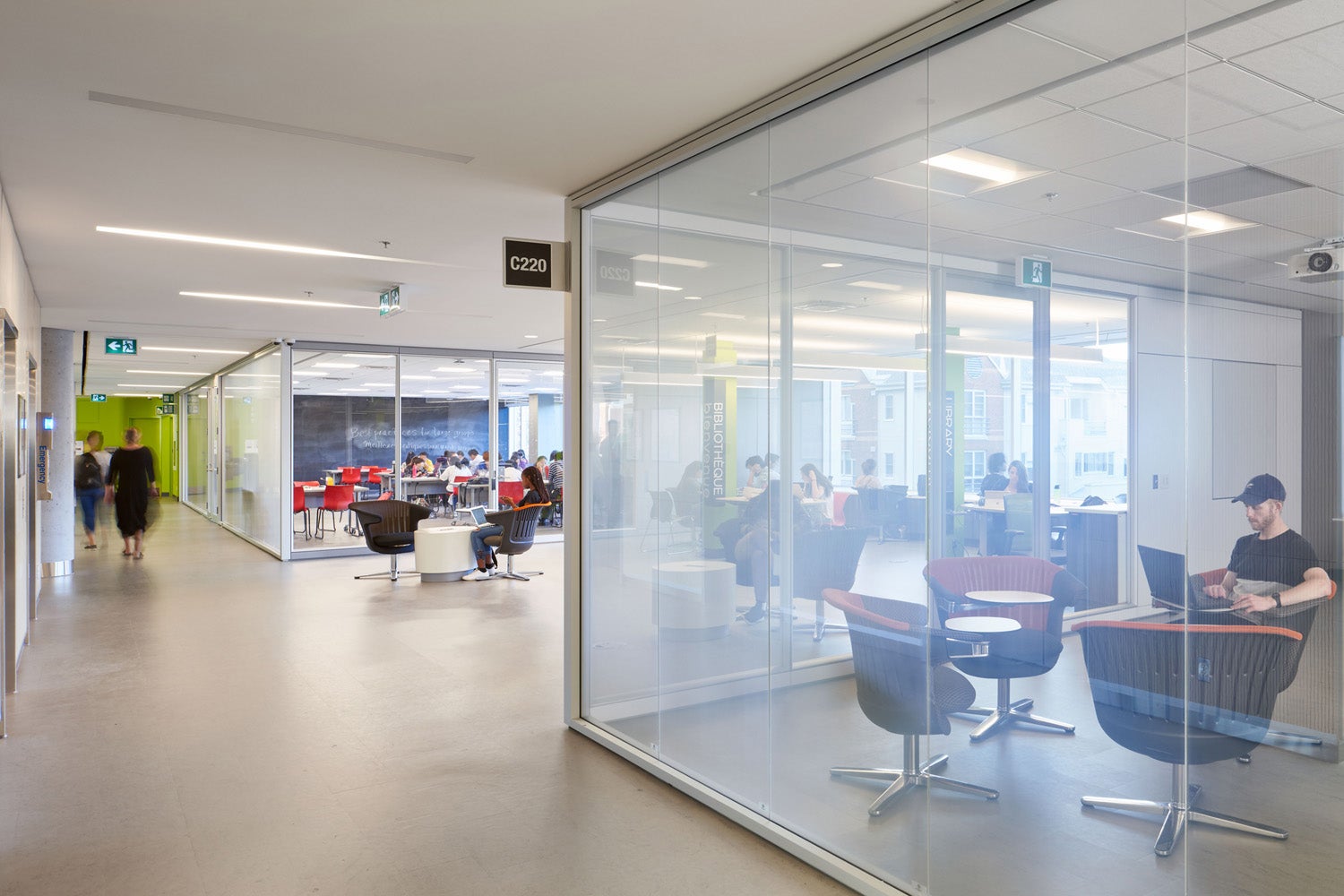
Study Space: A variety of spaces throughout the institution, some for working alone and some for working with study groups, should be included. These need to have adequate plug load and charging capability, and somewhere, there should be an “open lab” capability for students to work on clinical skills outside class. These study spaces should be located throughout the campus and have different atmospheres. Students are diverse, with varying ways of learning. Some may need private “carrels” with no distractions; others study best when they can sit in the open at a table and see traffic and activity around them. These spaces should be easily accessible for all students who want or need to use them at all times.
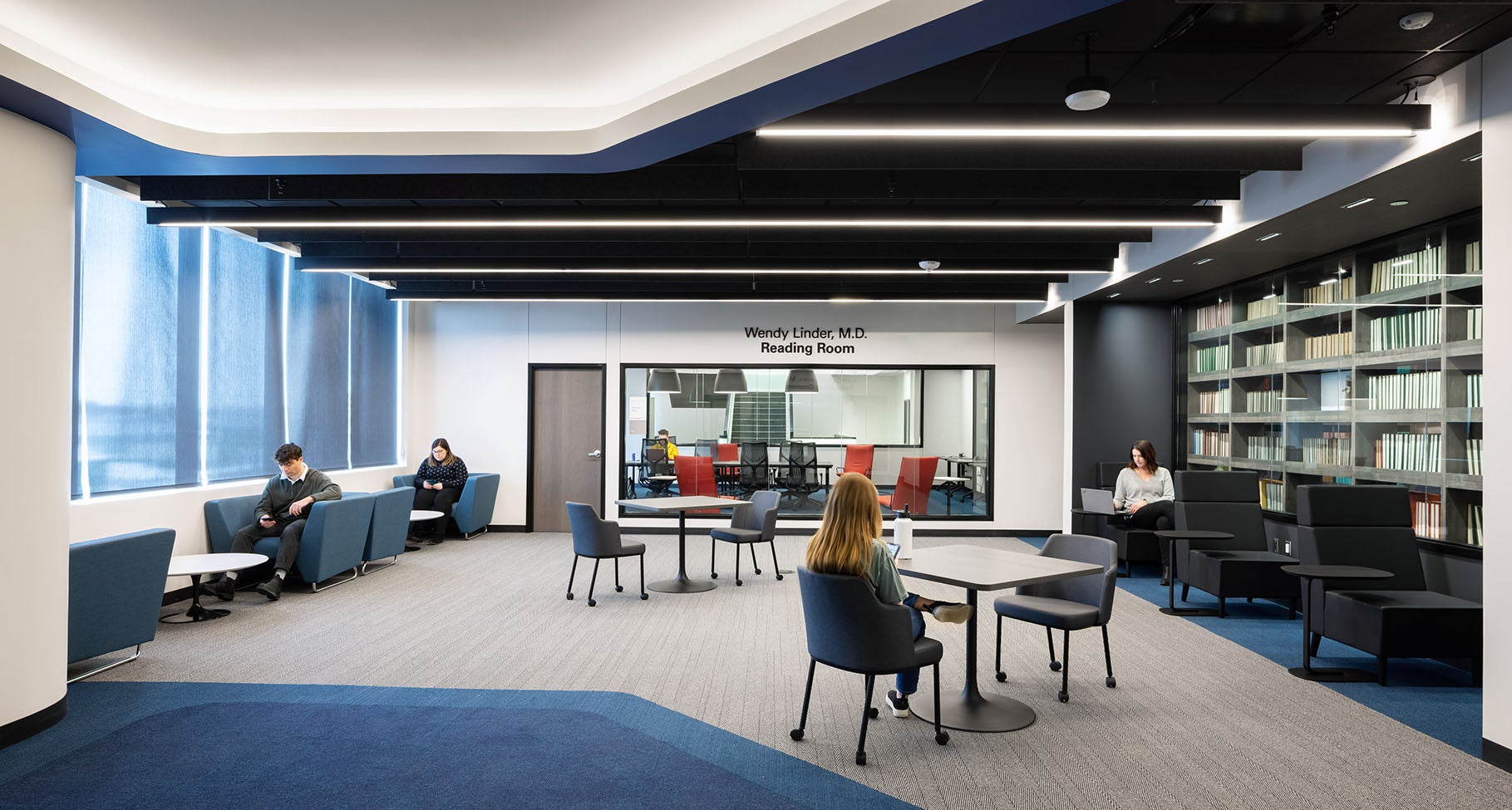
Health Sciences Library: The library is changing overwhelmingly from a potentially intimidating book repository where quiet is the ultimatum to an active, engaging, and welcoming environment where librarians are information specialists whose mission is to help students in many ways. Clear, inclusive and welcoming learning libraries are vital to supporting all students and destigmatizing getting help. Technology is rich, and often, the library contains classrooms large enough for a faculty member to engage in a class in specialized medical technology. The library often includes a “maker space” or experimental space with 3D printing, specialized imaging and copying, etc.
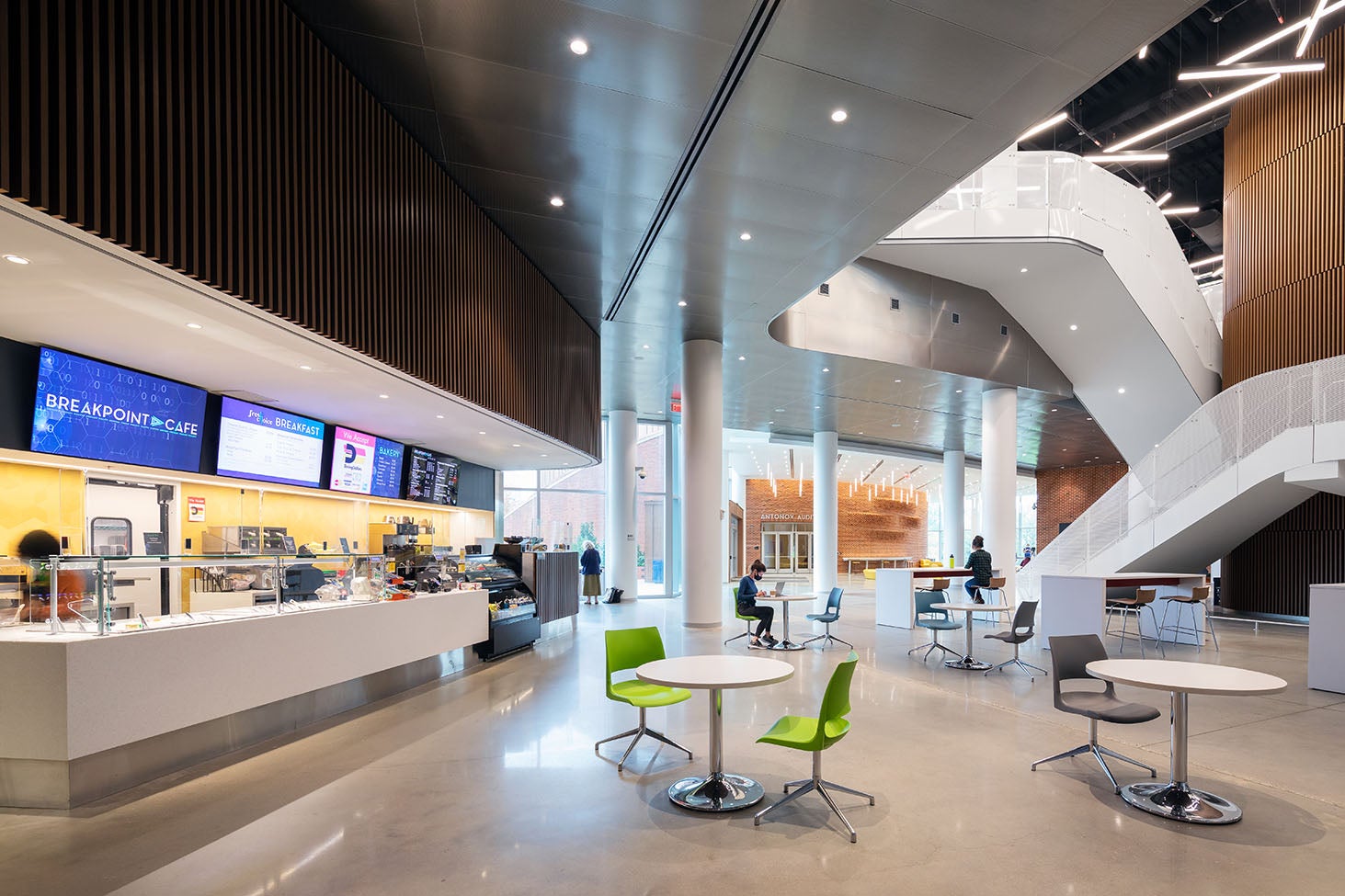
Food and Drink: Health sciences students are awake and studying all hours of all days. Often, food and drink options are limited to daytime hours, healthy choices are not available and are sometimes cost-prohibitive. This is a recurring complaint from students at health science education facilities. Convenient, inexpensive, and all-hours healthy food and drink options are increasingly considered a necessity rather than a luxury.
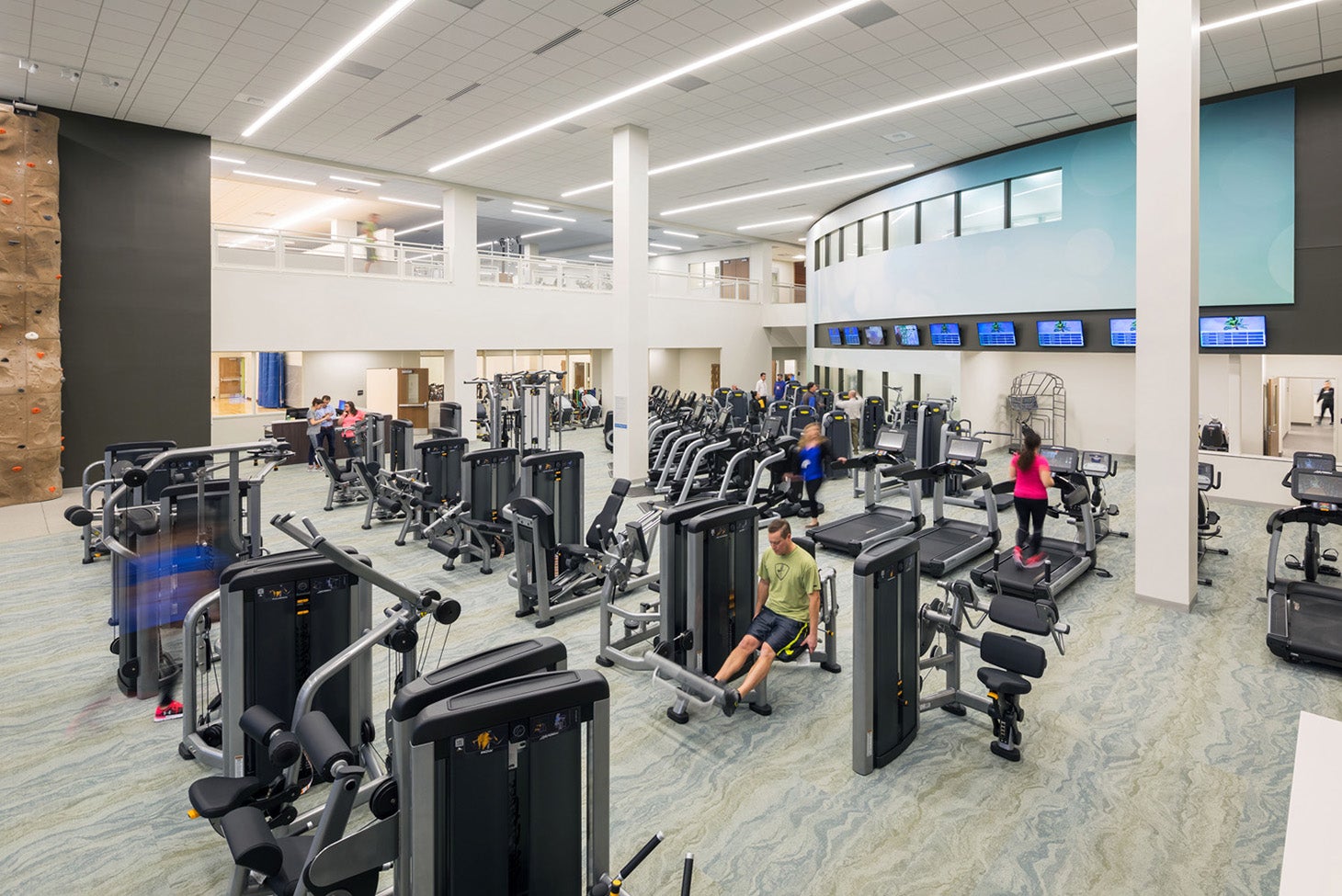
Health and Wellness Facilities: In addition to a student health clinic, fitness centers with showers, yoga/pilates facilities, and counseling facilities are ideally collocated with the medical clinic so that they are easily accessible by students. Outside and indoor spaces where students can play sports and relax allow them to wind down and take needed breaks while interacting with a diverse student population. It is well documented that people are more productive when they can step away from an activity they have been concentrating on and then return to it. Having a central, accessible entrance for mental and physical health facilities helps remove the perception that seeking counseling somehow implies weakness and creates the image that both physical and mental health is essential and inclusive. If this collocation is not possible, ensuring that the facilities are located for easy access for all, even if separate, with positive, engaging features, still helps support the health and well-being of the students equitably and inclusively.
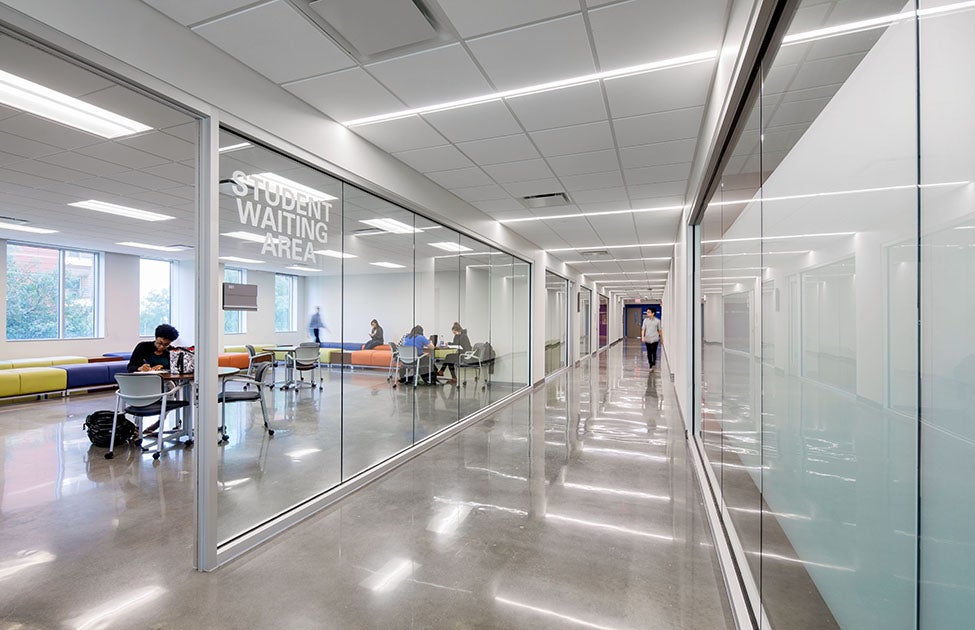
Student Services: Another important aspect of student life is the steps one must take to become a student in the institution, which can be daunting, especially for international students, first-generation students and families. Creating a simple and clear message for applying, enrolling and visiting before acceptance can ease applicants' stress. Once accepted, students need clear and straightforward instructions for paying tuition and other bills; ways to engage with other students at all stages of the program; and connections for housing, places of worship and student groups that support shared interests and lifestyles. If students must go to a physical location to accomplish some of these tasks, clear directions and appropriate staffing for busy times are essential. The more these services can be in a “one-stop shop” for students, the less stress they will likely cause.
The vital neuroscience accomplishments over the past thirty years and our greater understanding of the physiological aspects of the brain have aided our understanding of how people learn. In addition, these neurological advances have shown us the crucial role of good nutrition, sufficient physical activity and sleep in our ability to focus and learn. Also, it has shown us how creating accessible, welcoming, inclusive and safe spaces enables greater learning, collaboration and discovery. Finally, understanding the detrimental effects of stress on physical and mental health underscores the need for healthcare educational curricula to adapt to the information age and the advance of medical technology. Health science schools that create and update curricula to help students reach this balance will produce healthy care providers and life-long learners.
A 2011 song by the folk-rock band Dawes says, “I want you to make the days move easy.” Health sciences is a high-stress field, and being educated for service in this field has been and is a high-stress preparation arena. The more an educational institution can do to make their students’ days “move easy,” the better their chance of succeeding.
References
- Baker, Kathryn, and Srijan Sen. "Healing medicine’s future: prioritizing physician trainee mental health." AMA journal of ethics 18.6 (2016): 604.
- “The Future Is Now: Medical Education for the 21st Century.” Harvard Medical School, 25 Sept. 2015. Webinar



